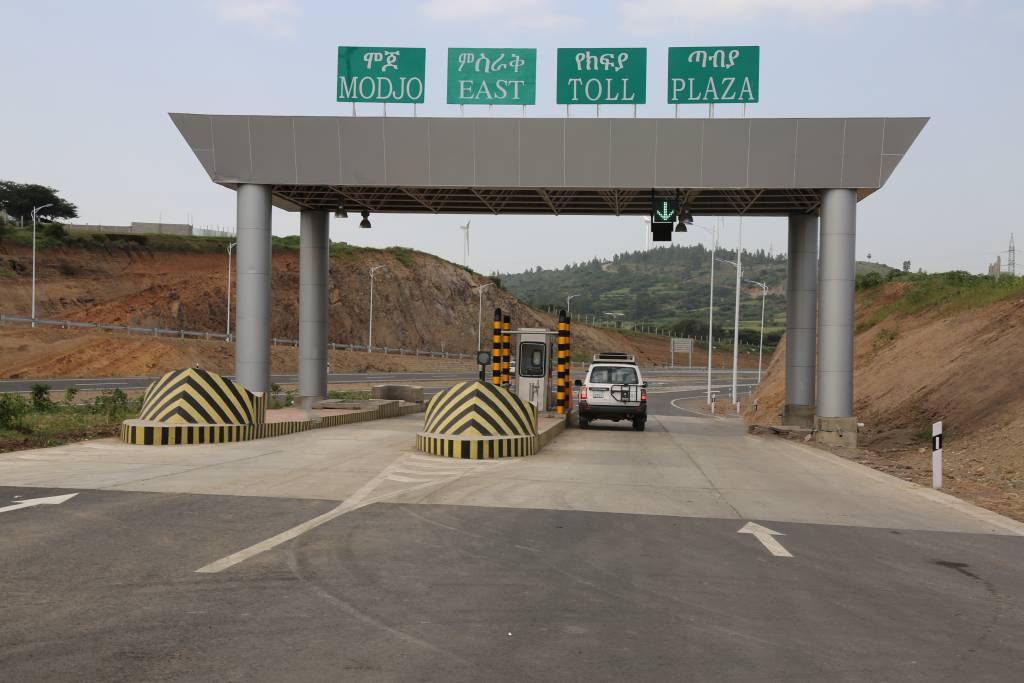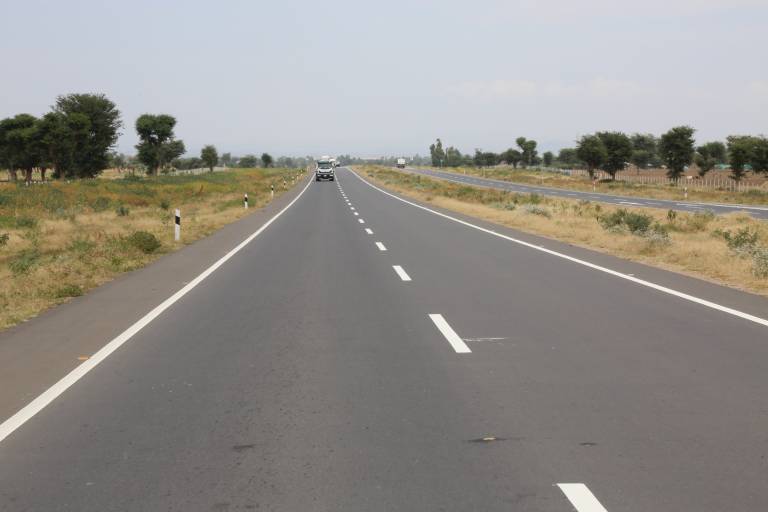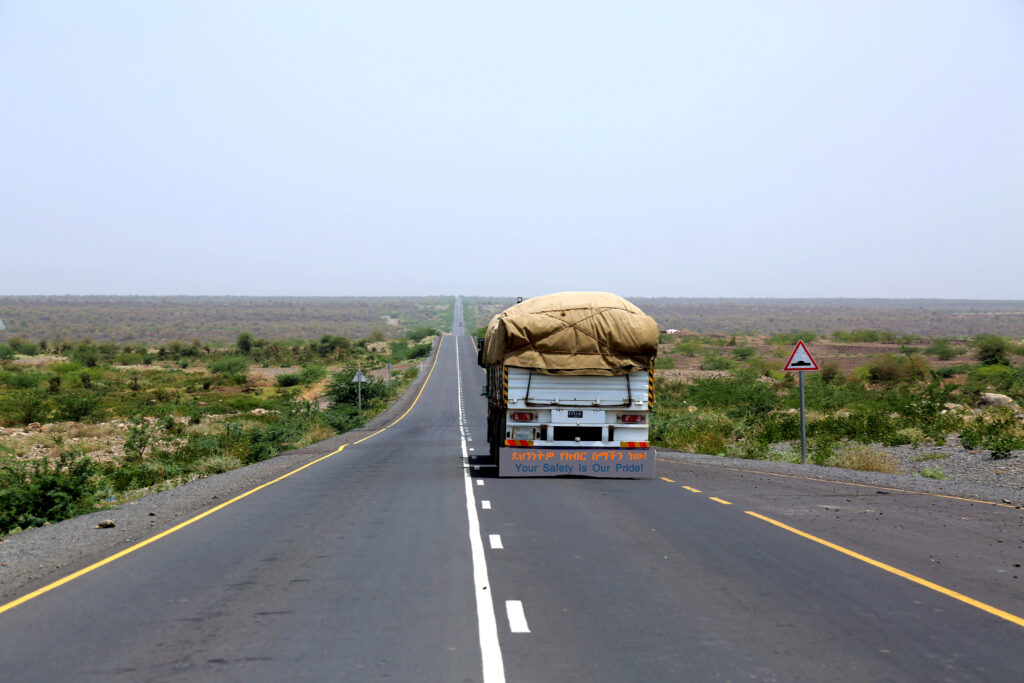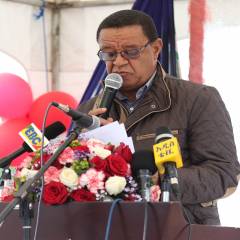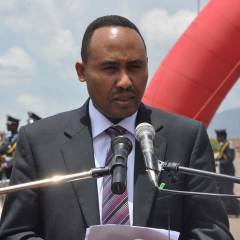Modjo- Batu (MB) is the third expressway next to Addis Ababa- Adama and Dire Dawa- Dewolle toll roads. Mojo-Hawassa Expressway (202.5 km) is part of the RSDP and the Second Growth and Transformation Plan (GTPII). The Expressway is part of the Addis Ababa-Moyale-Nairobi-Mombasa Road corridor and it’s also part of “The Great Trans African Highway” which extends from Cairo, Egypt, to Cape Town, South Africa, covering about 10,000 km.
The total budget of the project is more than ETB 14.4 billion which is mobilized from four Development Partners and the Government of Ethiopia. The participation of the African Development Bank, the Korean Exim Bank, the World Bank, and the China Exim Bank in the project makes it peculiar and the first of its type in the country’s road network development history. The project has two phases; Modjo- Meki- Batu (93 km) the first phase of the project and Batu- Arsi Negele- Hawassa (110 Km) is the second one. The first phase of the project inauguration day is in May 2021 G.C.
The Modjo- Batu expressway investment cost was ETB 6.3 billion. The source of finance was a loan from the Korea Exim Bank, the African Development Bank, and a grant from the Government of Ethiopia. MB has a 93 km length and 32 m width with four lanes in two carriageways each lane is 3.65 m wide, the median is 9 m. The MB also has asphalt shoulder on both sides, which is from 1.75- 2.25 m wide.
MB is access controlled all along by fence. There are 26 overpasses and 34 underpasses for the local community to access the other side of the expressway. There are ten overload control stations with weigh-in-motion technology. The Expressway has five toll plaza systems. As the project is in line with the Horn of Africa Integration Initiative, it creates enhanced Economic, Political, and Social integration with the neighboring countries, in general. It minimizes travel time to the towns in the corridor, provides alternative faster, safer,r and quality transportation, provides better access to the central and other nearby markets for farmers in the area, it creates alternative and better access for the tourist destinations in the corridor (Lake Abijata, Langano, Hawassa, etc.) and the nearby areas as well to the Konso, Arba Minch, and Omo Valley.
In the corridor, there are different small, medium, and large manufacturing companies and Industry parks. The expressway, on top of providing reliable access to the central market, eases transport to the port and hence minimizes the overall transaction cost. This ultimately, is believed, to enhance the logistics and overall competitiveness of the country. The expressway provides access to the local community in different places. It provides link roads to the nearby towns putting the local community in a better position to access health, education, and other social services. The road is expected to make a significant contribution to the growth and development of both the region and the country at large.


